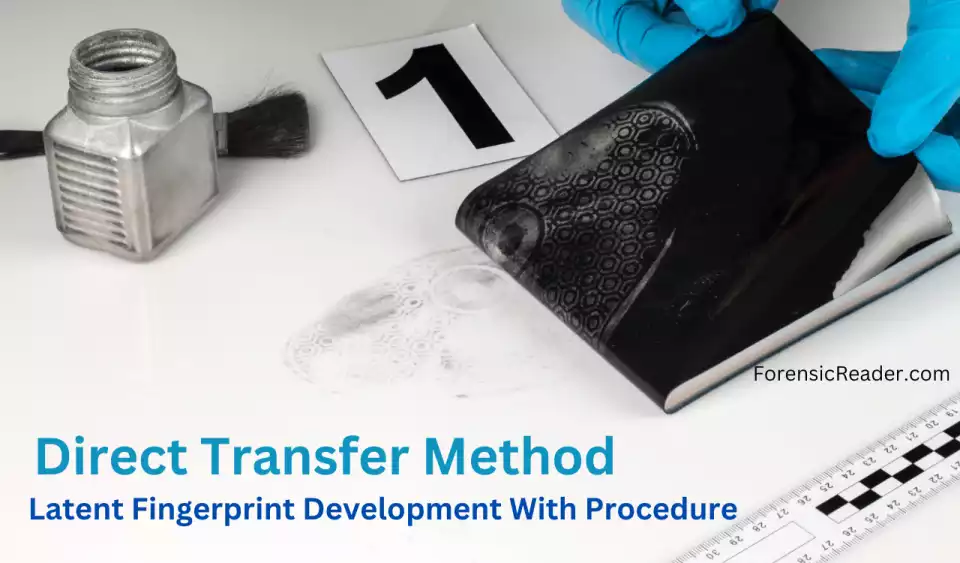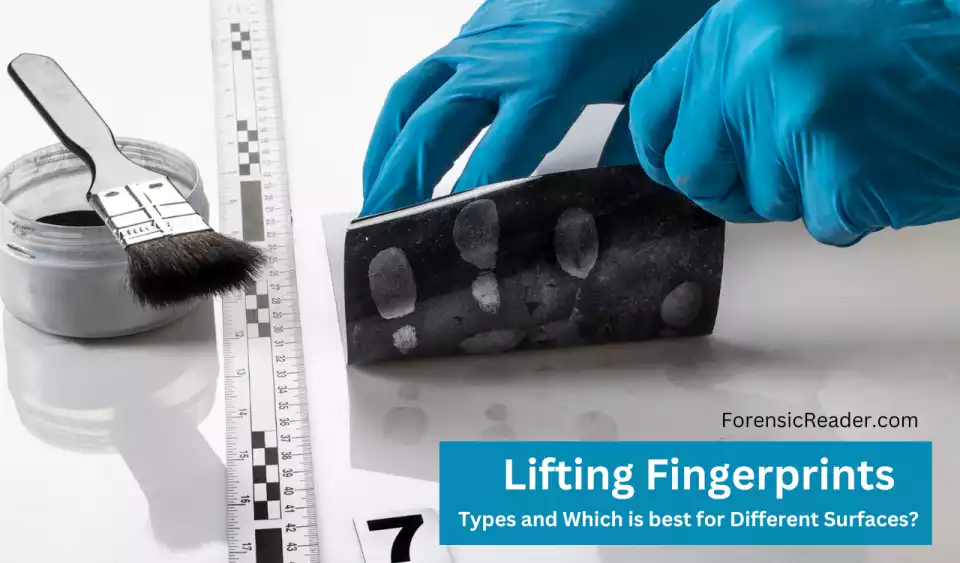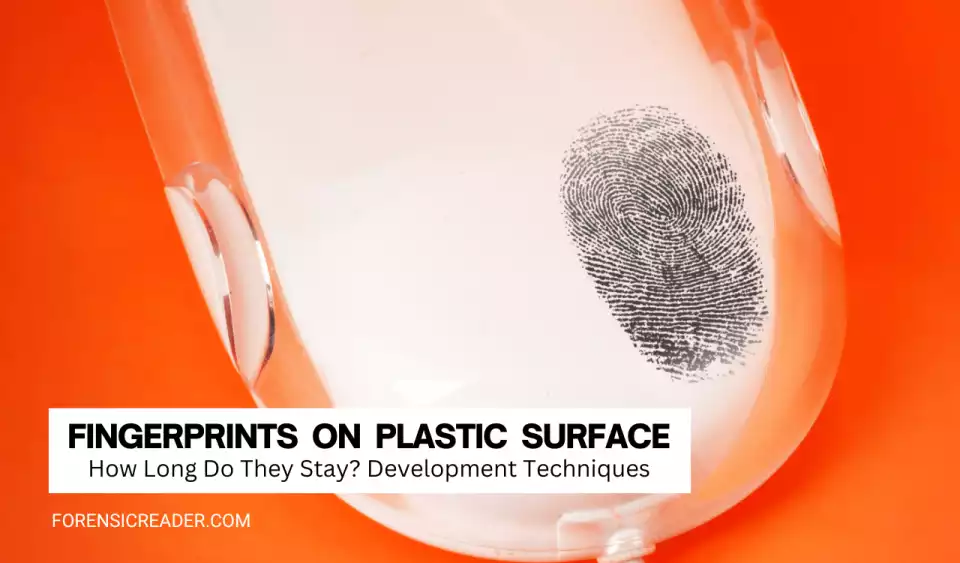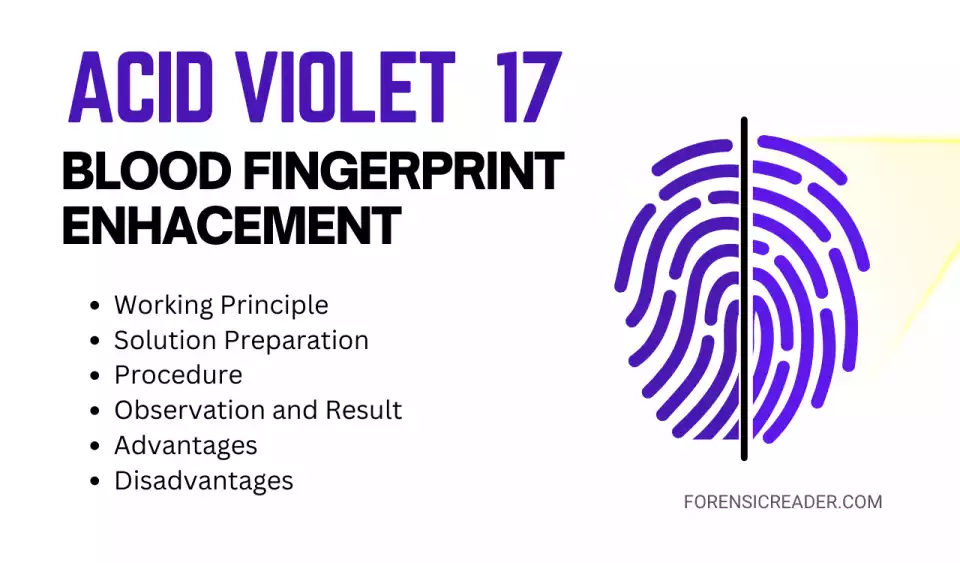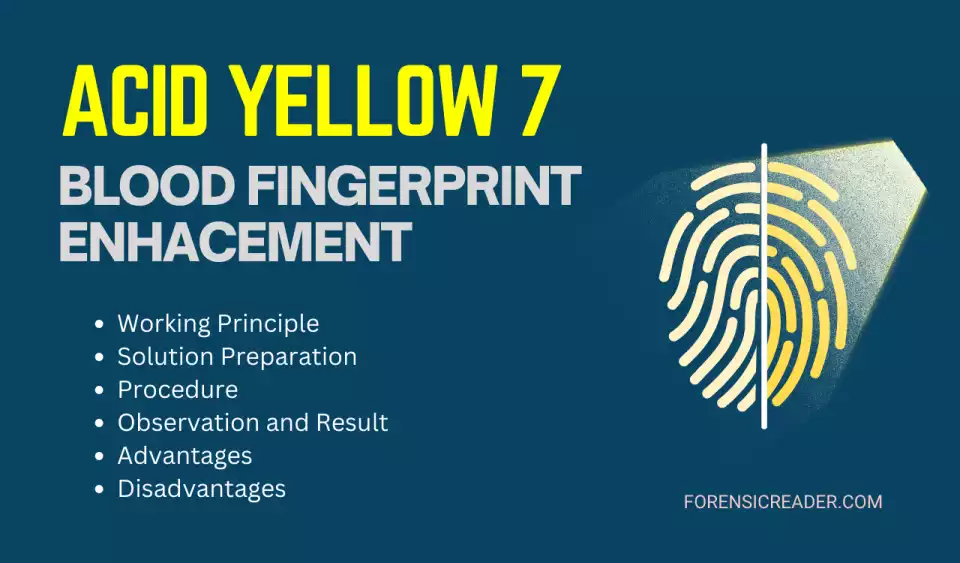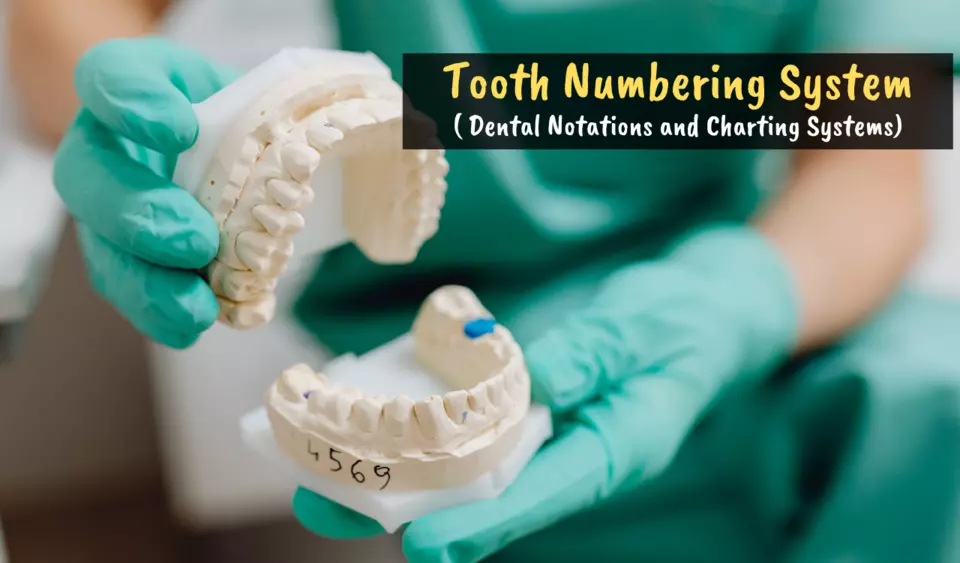Direct Transfer Method of Latent Fingerprint Development With Procedure
The direct Transfer Method is a method used for transferring the latent marks and fingerprints from the skin surface, before development onto a clean substrate such as on glass, sheet, etc. The direct transfer technique started with iodine and electrographic techniques in which the transfer mediums were rolled against the surface of human skin. When […]
Direct Transfer Method of Latent Fingerprint Development With Procedure Read More »

